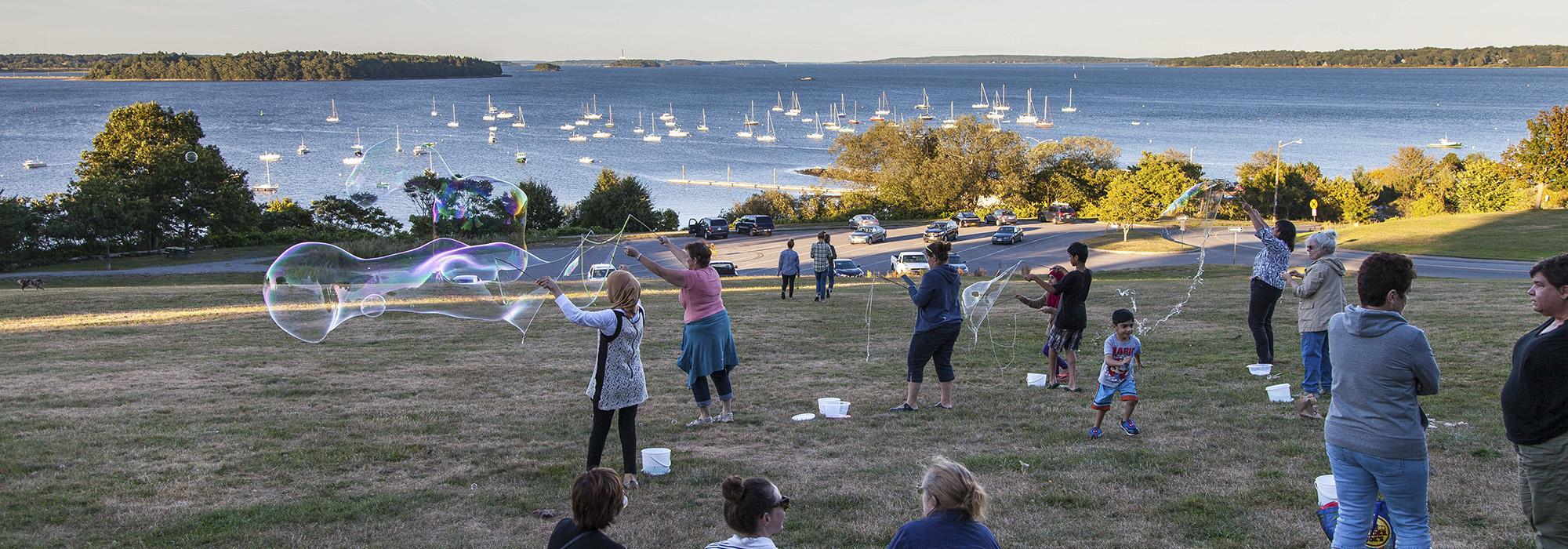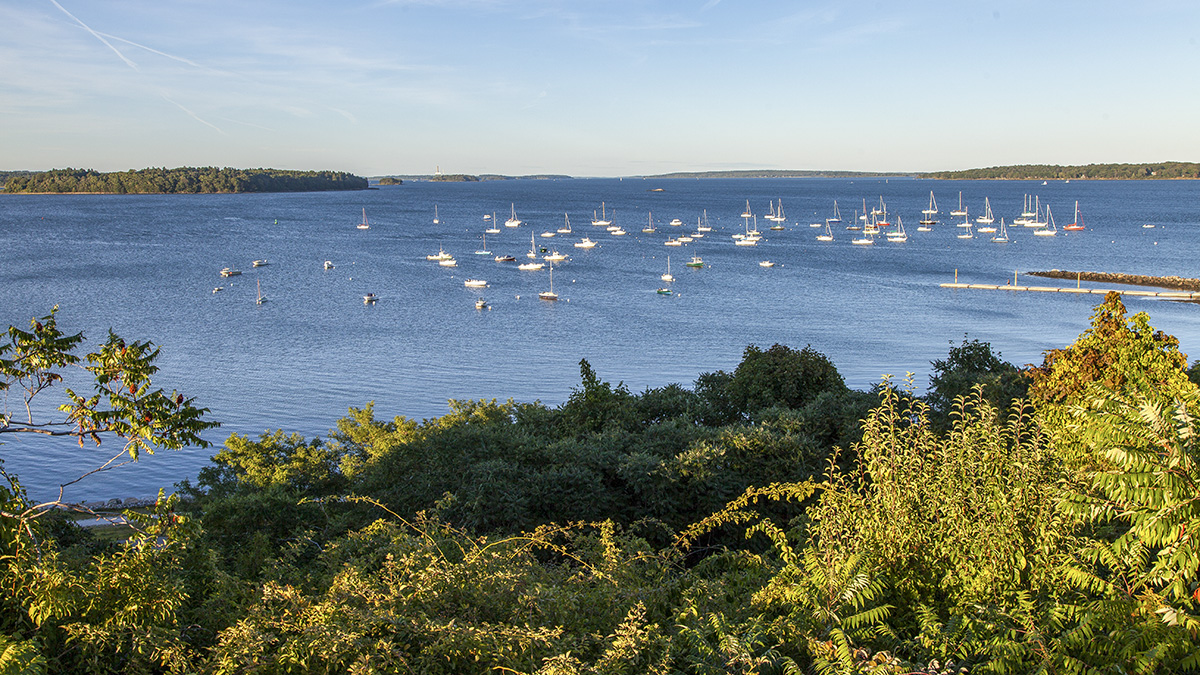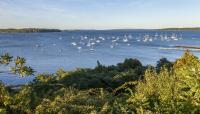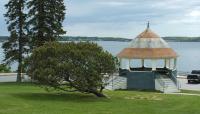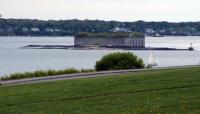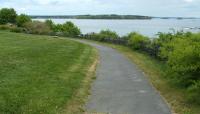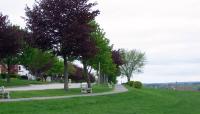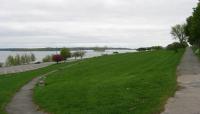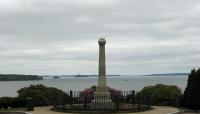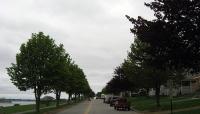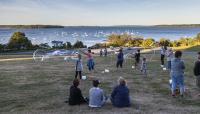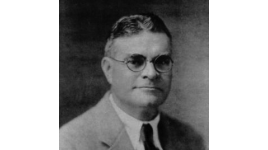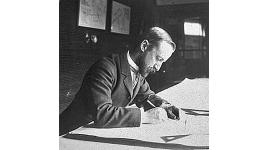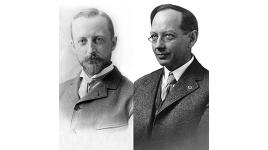Landscape Information
Portland’s officials began buying land for the Eastern and Western Promenades in 1828. The Eastern Promenade provided views of the Casco Bay islands, while the Western Promenade, overlooking the Fore River, had views of the surrounding countryside and the White Mountains. Portland’s civil engineer, William Goodwin, developed the first formal designs for the Promenades in 1878. At the Eastern Promenade, Goodwin laid out new roads between existing elms and transformed the old road into an esplanade. His design also added an access drive to the water’s edge, introduced a beach for swimming, and prepared an appropriate site for a public monument.
In 1905 Mayor James Phinney Baxter hired Olmsted Brothers to design improvements within and connections between the Promenades. The firm, led by John Charles Olmsted with Henry Hubbard, proposed paths following the natural topography, expansive lawns, play fields, and additional deciduous trees that would frame but not block scenic views, but the plan was not fully implemented.
Many historic features of the 73-acre park remain today, including the open lawns, views to Casco Bay, general topography and roads, and a gazebo built in 1891 and recently restored. Dutch elm disease destroyed the original elms in the 1960s, which the city replaced with a mix of deciduous trees. The Eastern Promenade was listed on the National Register of Historic Places in 1989.



